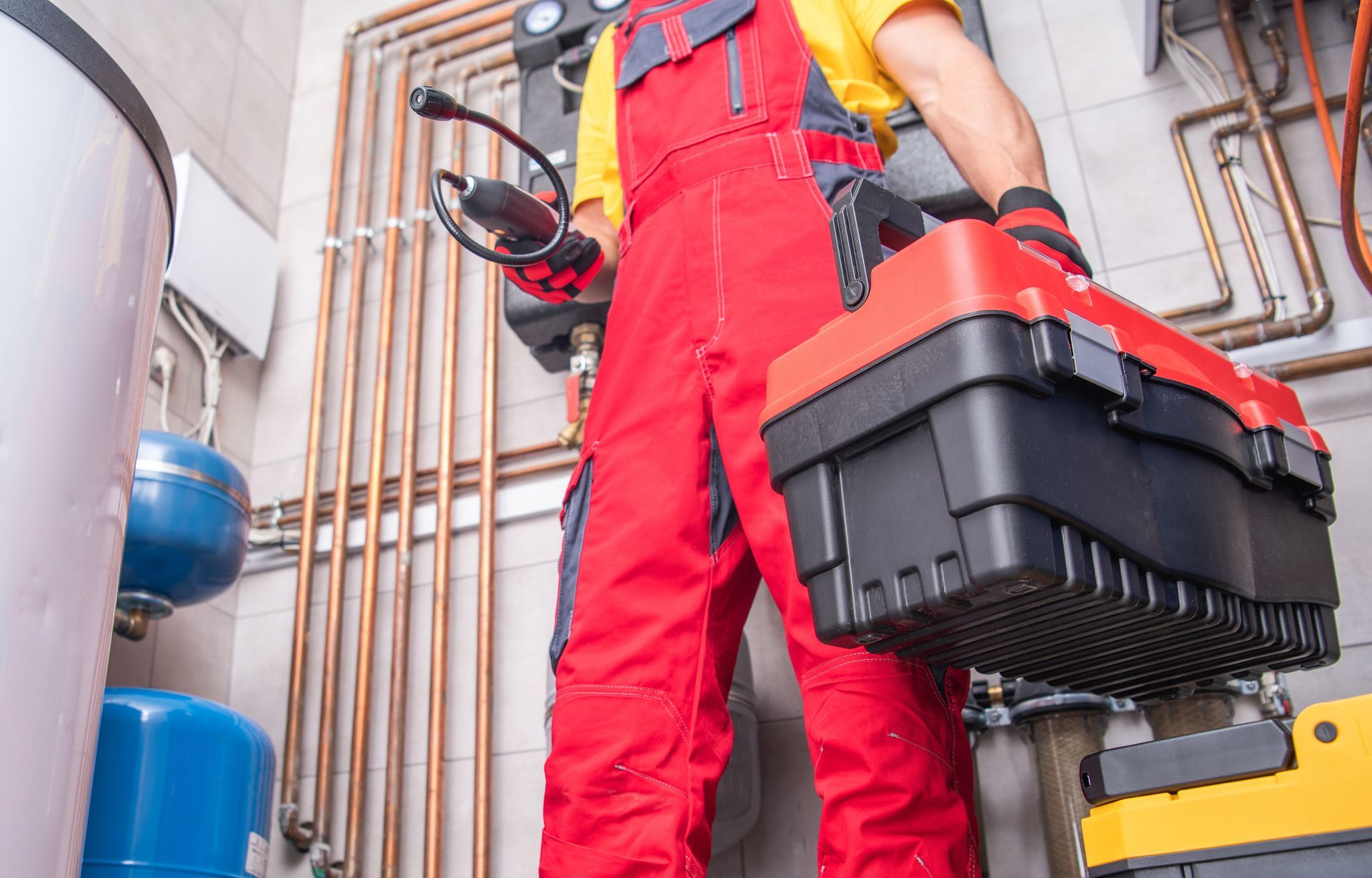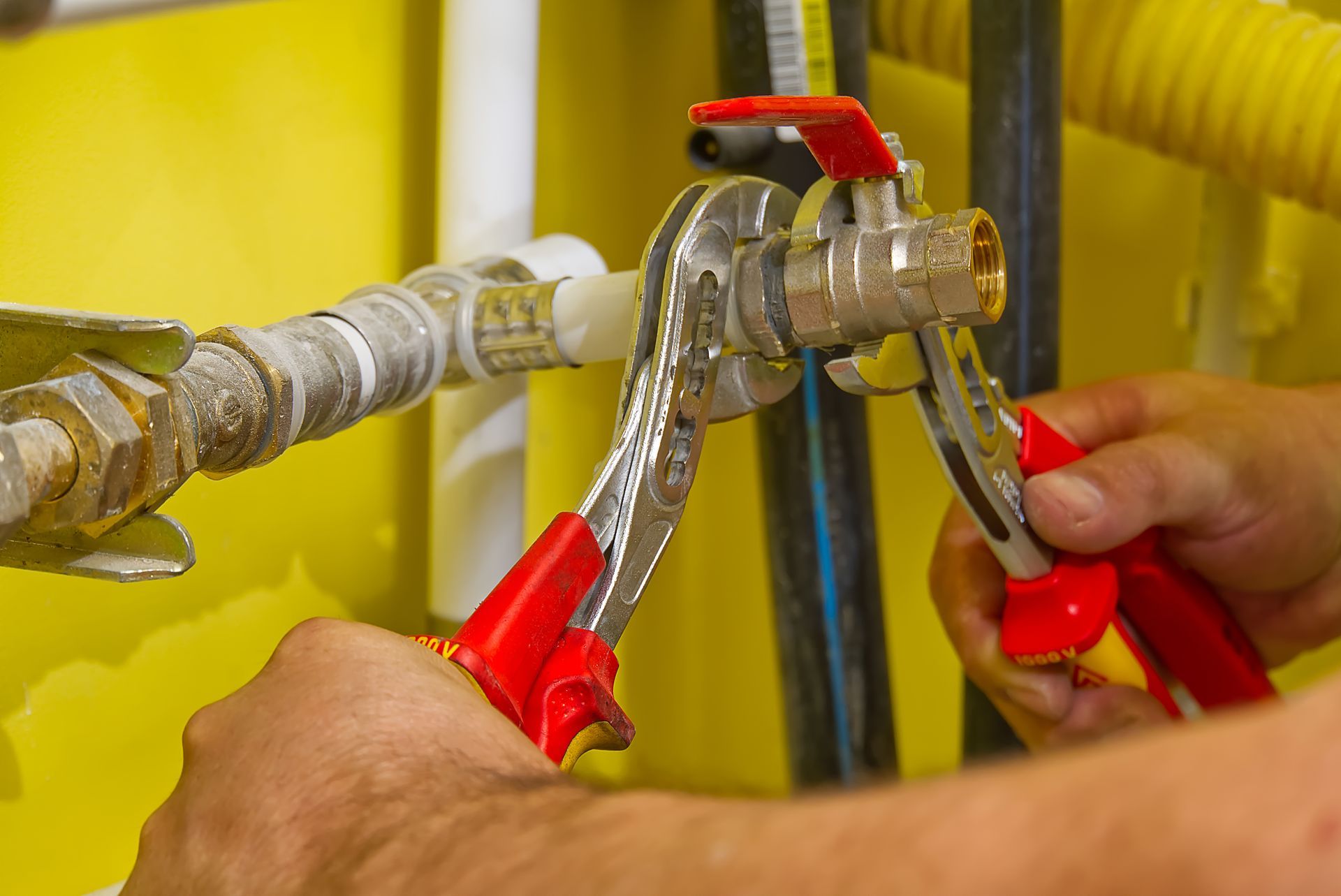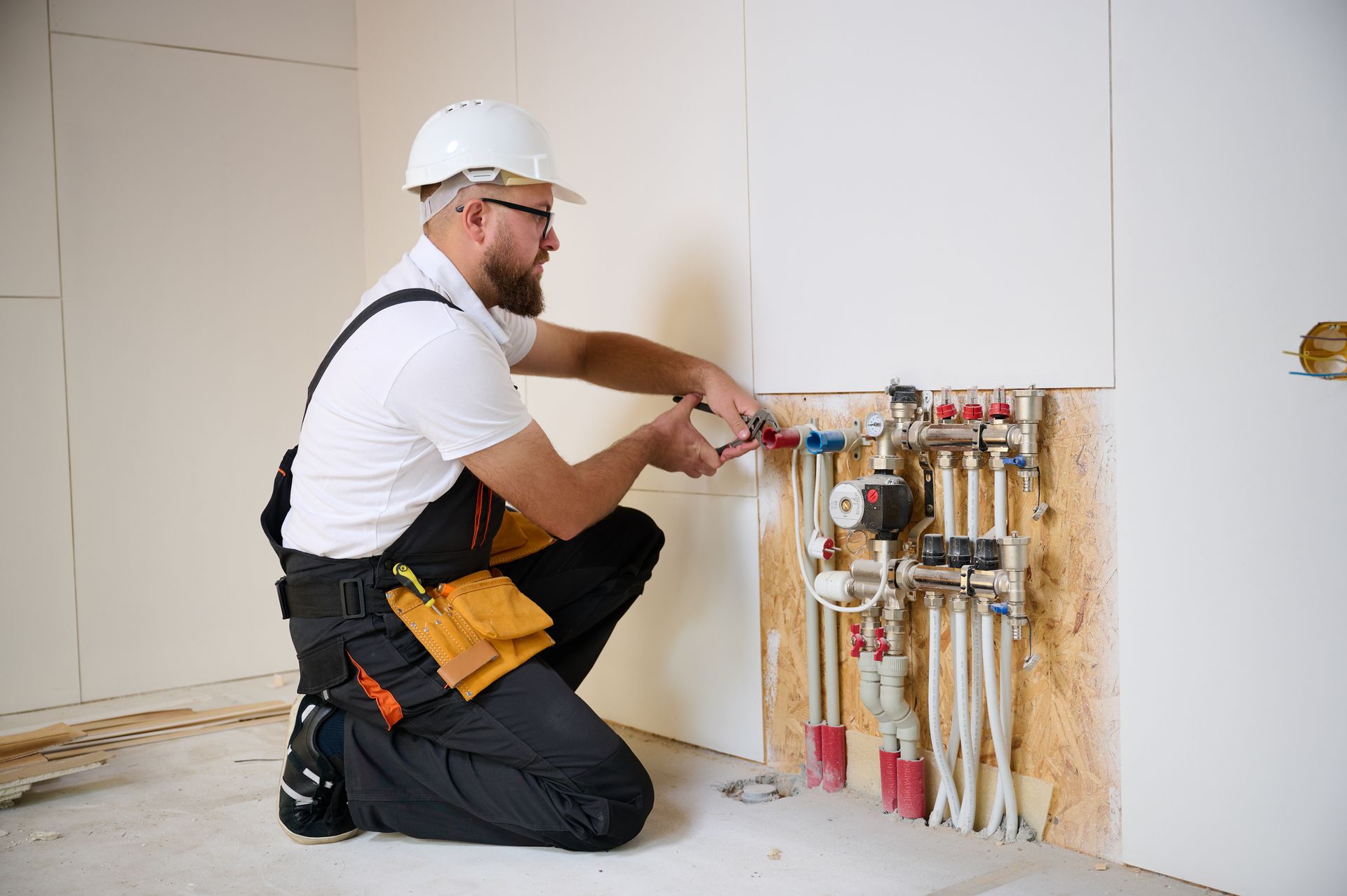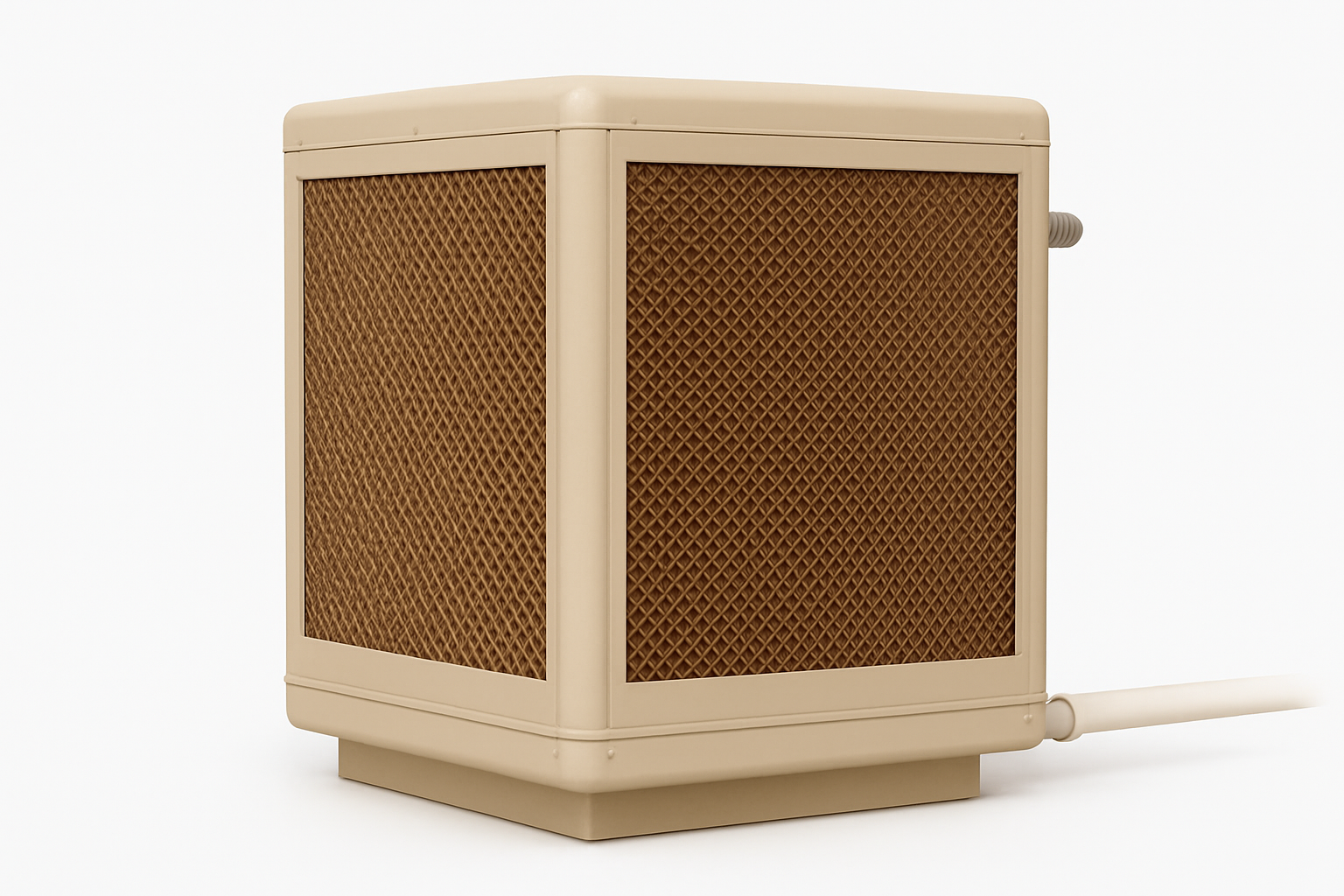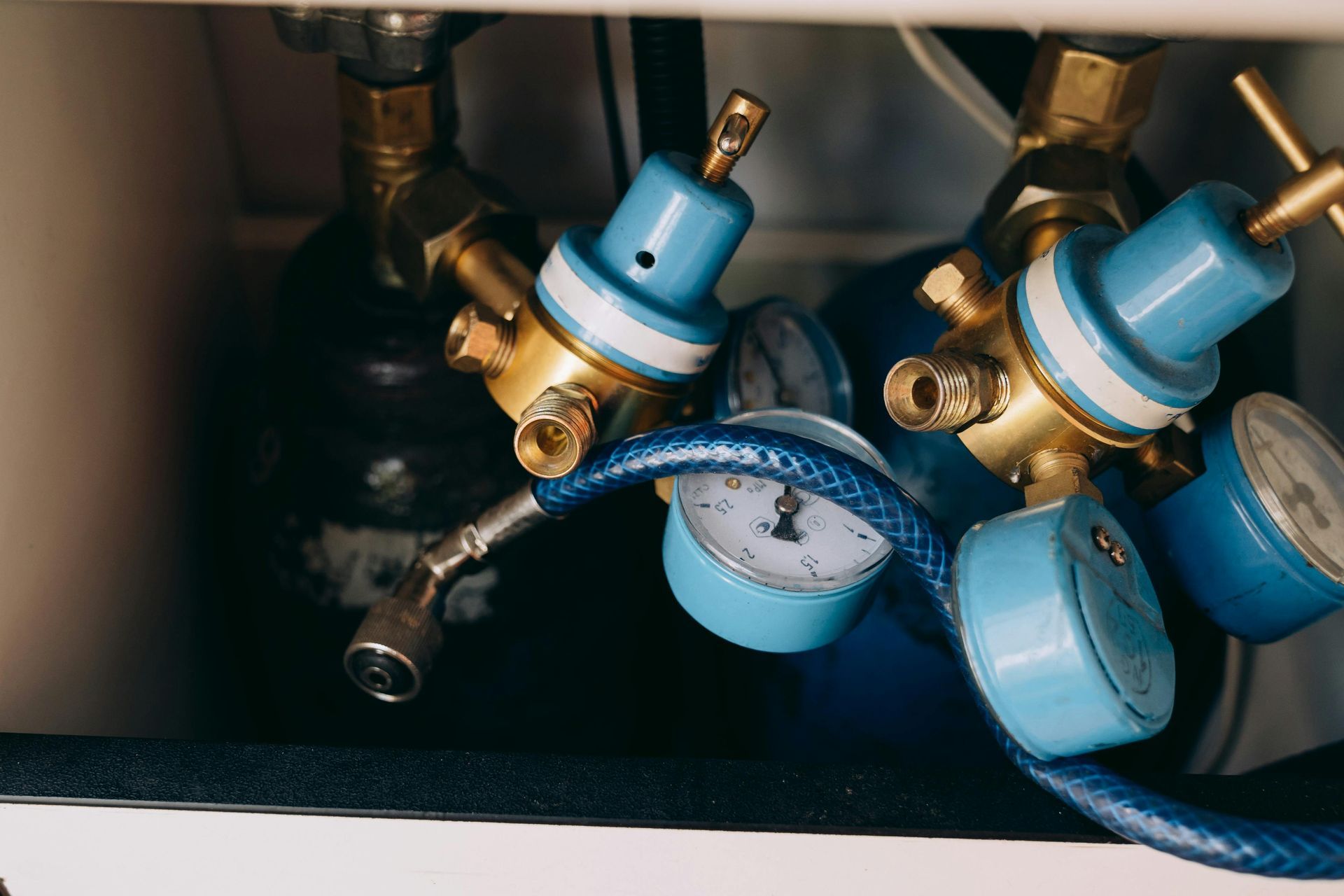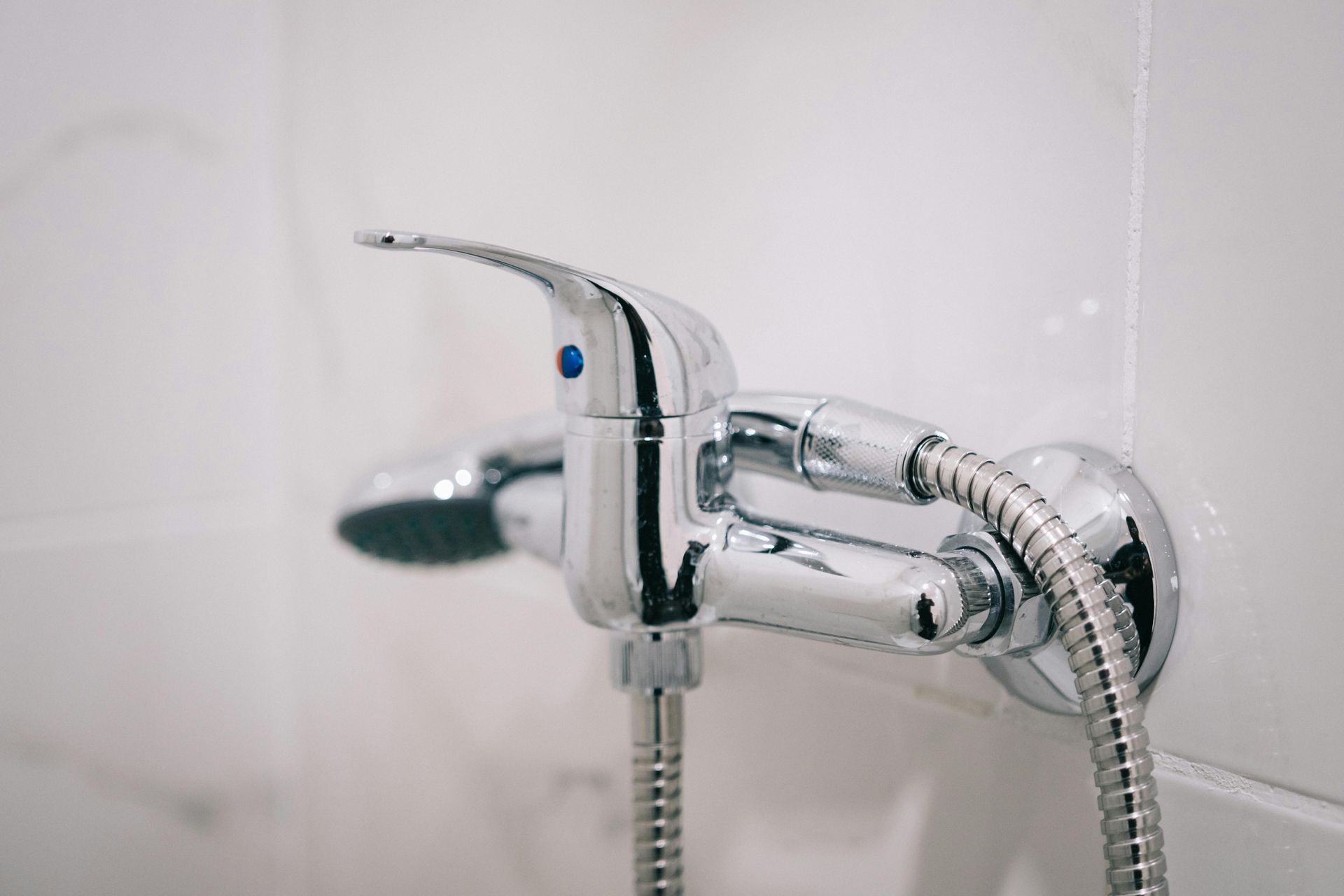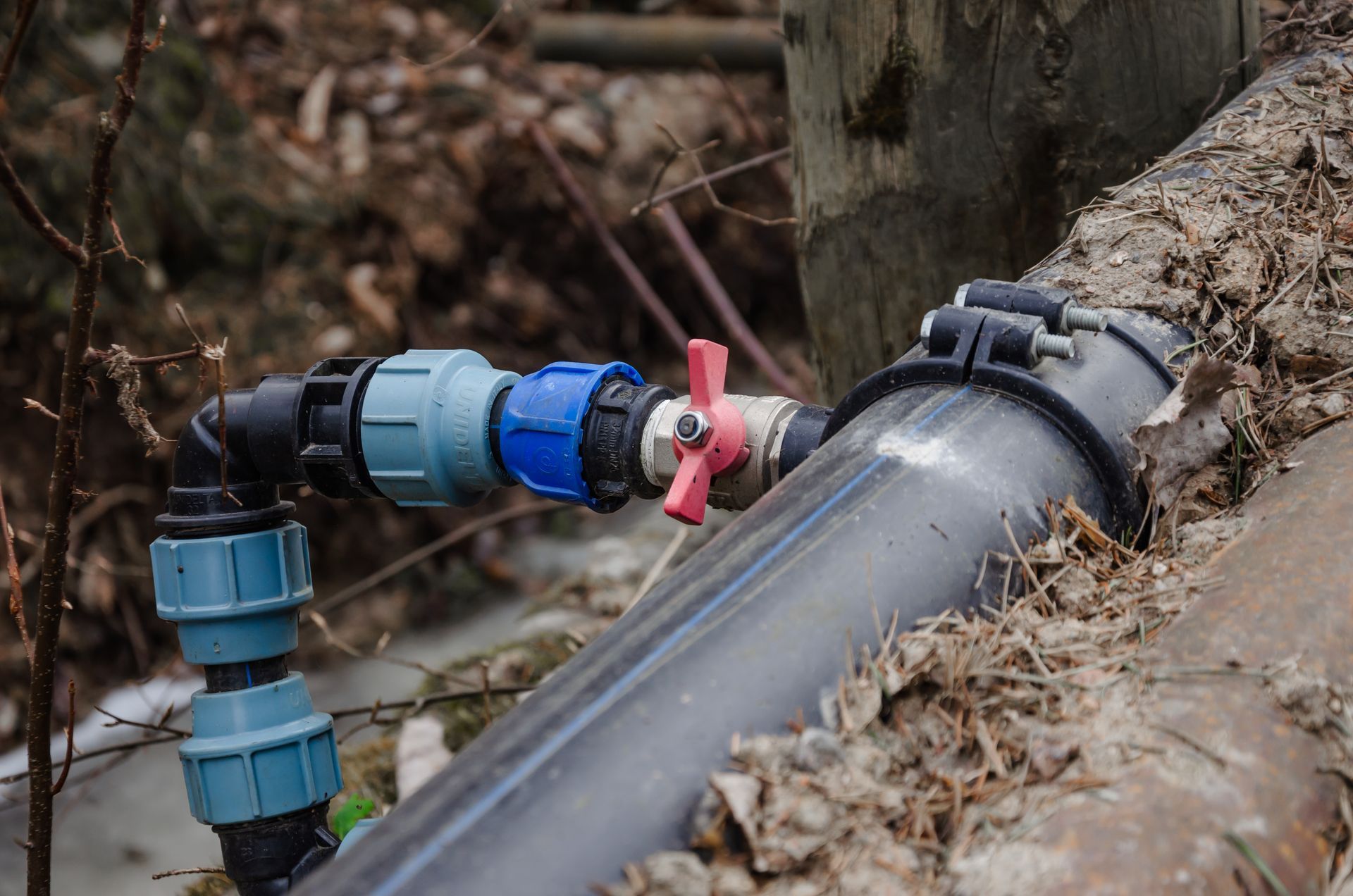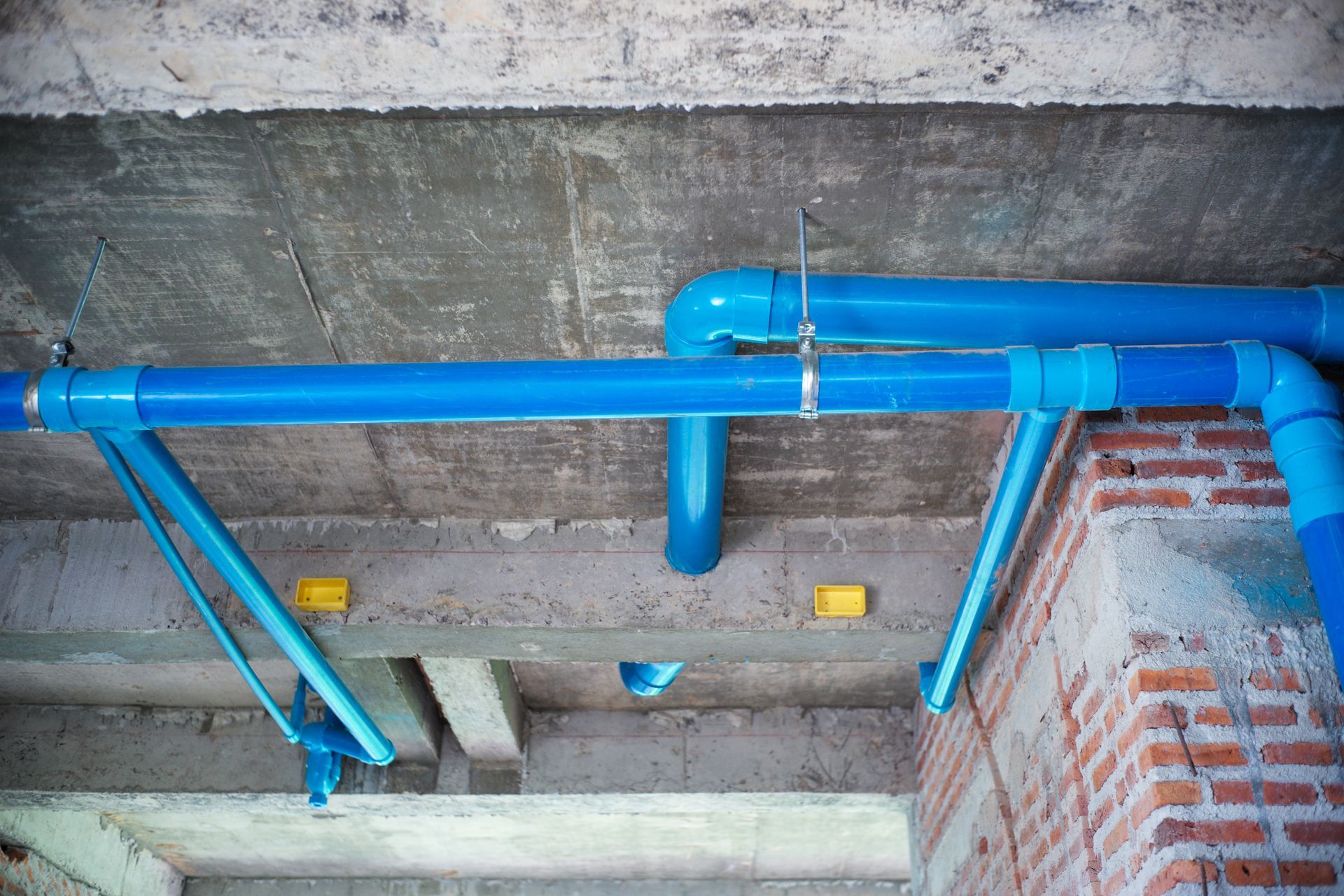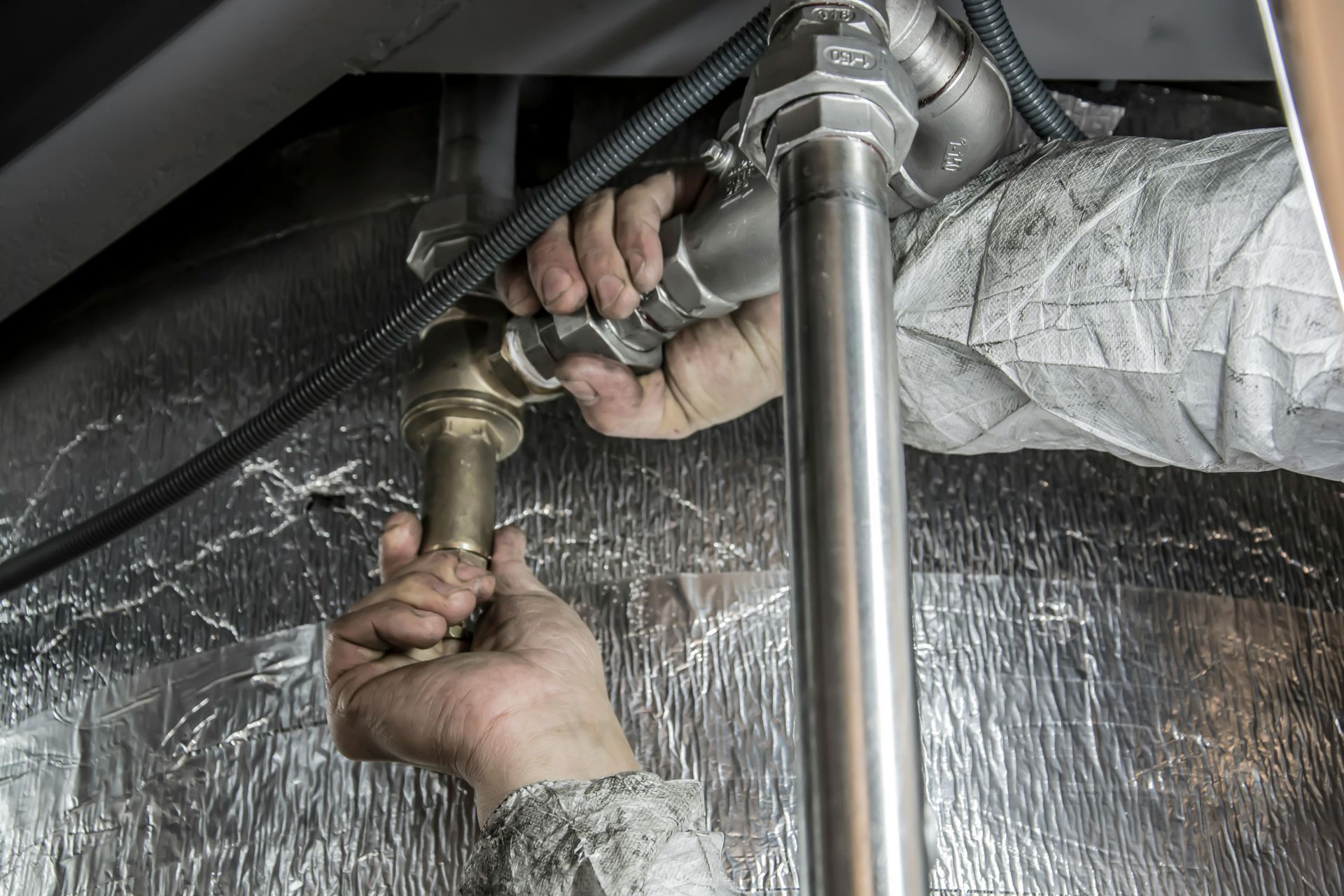Blog
Whole House Repiping: When and Why You Should Consider It
Let’s start with the basics: whole house repiping is exactly what it sounds like. It means replacing all (or nearly all) of the water pipes in your home. If that sounds like a big job — well, it is. But it’s also one of the smartest moves you can make if your plumbing is on its last leg.
Many homes, especially those built before the 1970s or even the 1990s, still rely on outdated piping materials like galvanized steel or polybutylene. Over time, those pipes corrode, crack, and become a breeding ground for leaks, water pressure problems, and that weird rusty color you’re seeing in the tub.
So if your plumbing is acting more like a leaky garden hose than a modern system, it might be time to stop patching and start replacing. Let’s dive into when you should consider whole house repiping services, why it’s worth the investment, and what the process actually looks like.
Signs You Might Need to Replace Old Pipes
Your plumbing doesn’t send you a formal notice when it’s time to retire. But it does drop some major hints. If you’re experiencing any of these symptoms, it could be time to consider repipe plumbing solutions.
Common warning signs:
- Low water pressure: If your showers feel more like a drizzle than a downpour, corroded pipes could be the culprit.
- Rusty or discolored water: This usually means corrosion inside your pipes. Not only is it gross, but it can stain sinks, tubs, and even laundry.
- Frequent leaks: Fixing one leak is fine. Fixing them every other month? That’s a money pit.
- Old piping materials: If your home still has galvanized steel, polybutylene, or even lead pipes, they need to go. Like yesterday.
- Unexplained spikes in water bills: If your usage hasn’t changed but your bill has, hidden leaks might be draining your wallet.
- Mold and musty smells: Leaky pipes behind the walls can cause mold growth that leads to health issues and expensive repairs.
Think of repiping like getting a new roof. It’s not the flashiest upgrade, but it’s absolutely necessary when the signs start stacking up.
Repipe Plumbing Solutions: What Are Your Options?
Choosing to repipe your home is one thing. Choosing the right materials and methods is another. Your plumber will walk you through the best options, but it helps to know the basics.
Common repiping materials:
PEX (Cross-linked Polyethylene)
Flexible, affordable, and resistant to scale and chlorine. Great for most homes and easier to install.
Copper
Durable and long-lasting with excellent resistance to bacteria. A bit more expensive but trusted by many.
CPVC (Chlorinated Polyvinyl Chloride)
More affordable than copper and still pretty durable. Not quite as flexible as PEX but still a solid choice.
Other things to consider:
Partial vs. full repipe
If your problem areas are isolated, you may only need a partial repipe. But full replacements are more cost-effective in the long run.
Access points
A good plumber will minimize drywall damage and work efficiently to get your home back in shape quickly.
The right
repipe plumbing solutions depend on your home’s layout, age, and specific issues. A trusted plumber (hey, like our team at AG Plumbing & Heat) can guide you through the process with confidence and clarity.
What to Expect During the Repiping Process
Whole house repiping might sound like a plumbing horror story, but it’s not as disruptive as you might think — especially when done by experienced pros.
Here's how the process usually goes:
- Initial inspection and estimate: We evaluate your system, confirm your pipe material, and go over the scope of work and pricing.
- Preparation: Access panels are created in key locations to reach your plumbing lines with minimal damage to walls and floors.
- Pipe replacement: Old pipes are removed and replaced with new materials. This is where the magic happens.
- Water system testing: We test for leaks and check water pressure to make sure everything is running smoothly.
- Patching and cleanup: Access areas are patched, and we leave your home clean and functional.
Most repiping projects take about 3 to 7 days, depending on the size of your home and the complexity of the system. You’ll typically have running water for most of the job, though some short shutoffs may be needed.
The Cost of Repiping: Investment vs. Expense
Let’s talk money. There’s no sugar-coating it — whole house repiping services are a major investment. But it’s one that pays off by preventing costly repairs, water damage, and skyrocketing water bills.
What affects the cost?
- Size of your home
- Type of pipe material
- Accessibility of existing pipes
- Whether you choose a full or partial repipe
Think of it like replacing your car’s engine. It’s not cheap, but if your car’s been stalling every other day, it’s worth every penny for peace of mind and reliability.
Most reputable plumbers will offer a detailed quote up front so there are no surprises. And with newer materials like PEX, repiping can be more affordable than you think.
Call AG Plumbing & Heat for Expert Whole House Repiping in Rio Rancho
Protect Your Home with Professional Repiping Services
If your pipes are acting up, don’t wait until you’ve got a flood on your hands. Our experienced team at AG Plumbing & Heat offers professional whole house repiping services throughout Rio Rancho, NM, and the surrounding areas. Whether you’re dealing with old galvanized steel pipes, frequent leaks, or funky water smells, we’ve got the tools and expertise to restore your plumbing system from the ground up.
Give us a call at
(505) 896-0137 today to schedule your consultation. We’ll explain everything in plain language, give you honest recommendations, and treat your home like it’s our own. We also offer
plumbing services,
gas & furnace services,
swamp cooler installation, and more. Let’s take the worry out of your water and get your home flowing smoothly again.
FAQs
How long does whole house repiping take?
Typically between 3 to 7 days, depending on your home’s size and complexity. Most homeowners can stay in their homes during the process.
Do I need to move out during repiping?
Not usually. Water may be turned off temporarily during certain stages, but your plumber will try to keep disruptions minimal.
How do I know what kind of pipes I have?
If your home was built before 1970, there’s a good chance you have outdated materials like galvanized steel or polybutylene. A plumber can confirm this during an inspection.
Will repiping damage my walls?
Access holes are needed, but a skilled plumber will keep them small and patch them after the work is complete.
Is whole house repiping covered by homeowners insurance?
Usually not, unless the repiping is required due to a covered water damage event. It’s best to check your specific policy for details.
